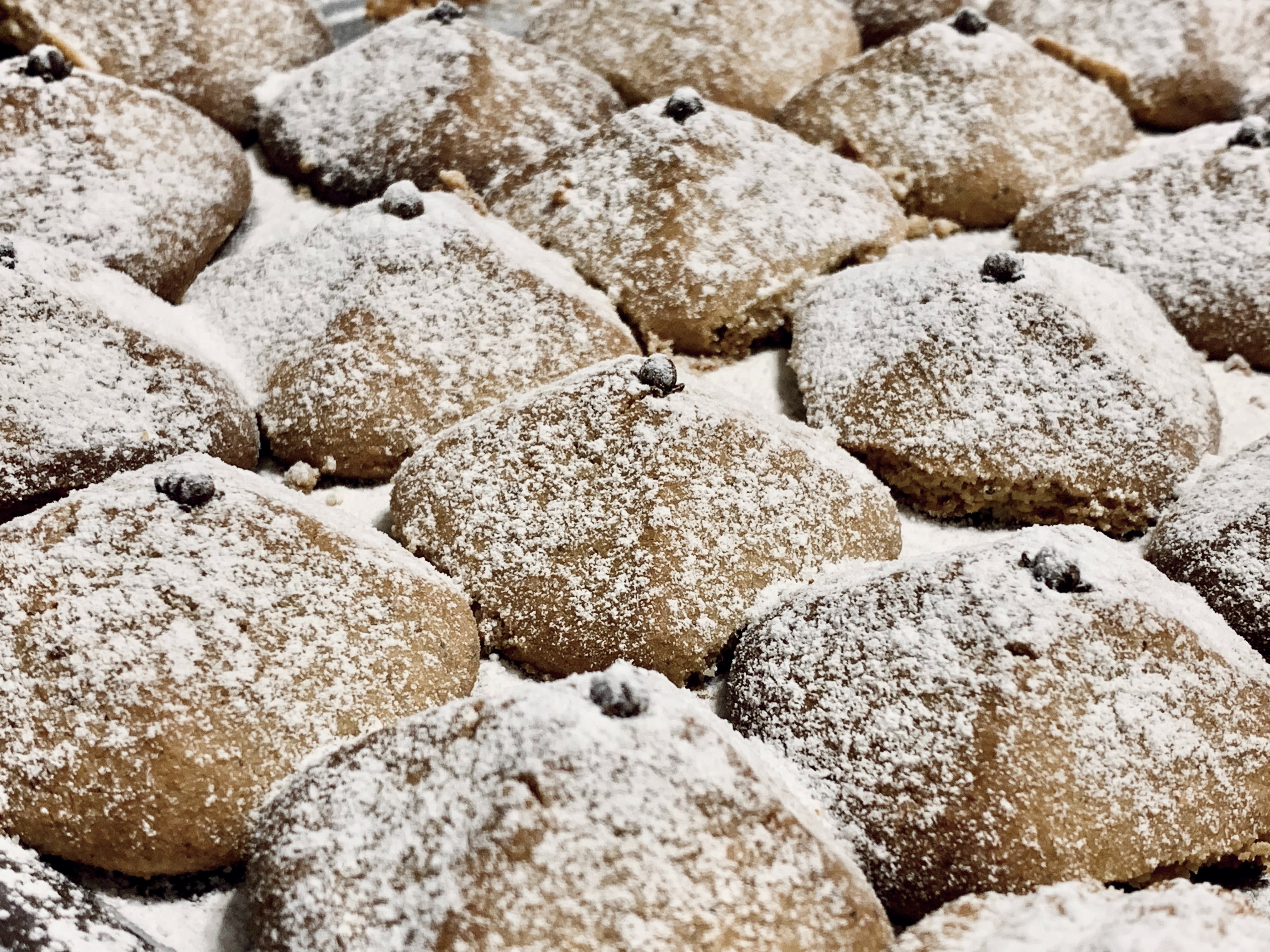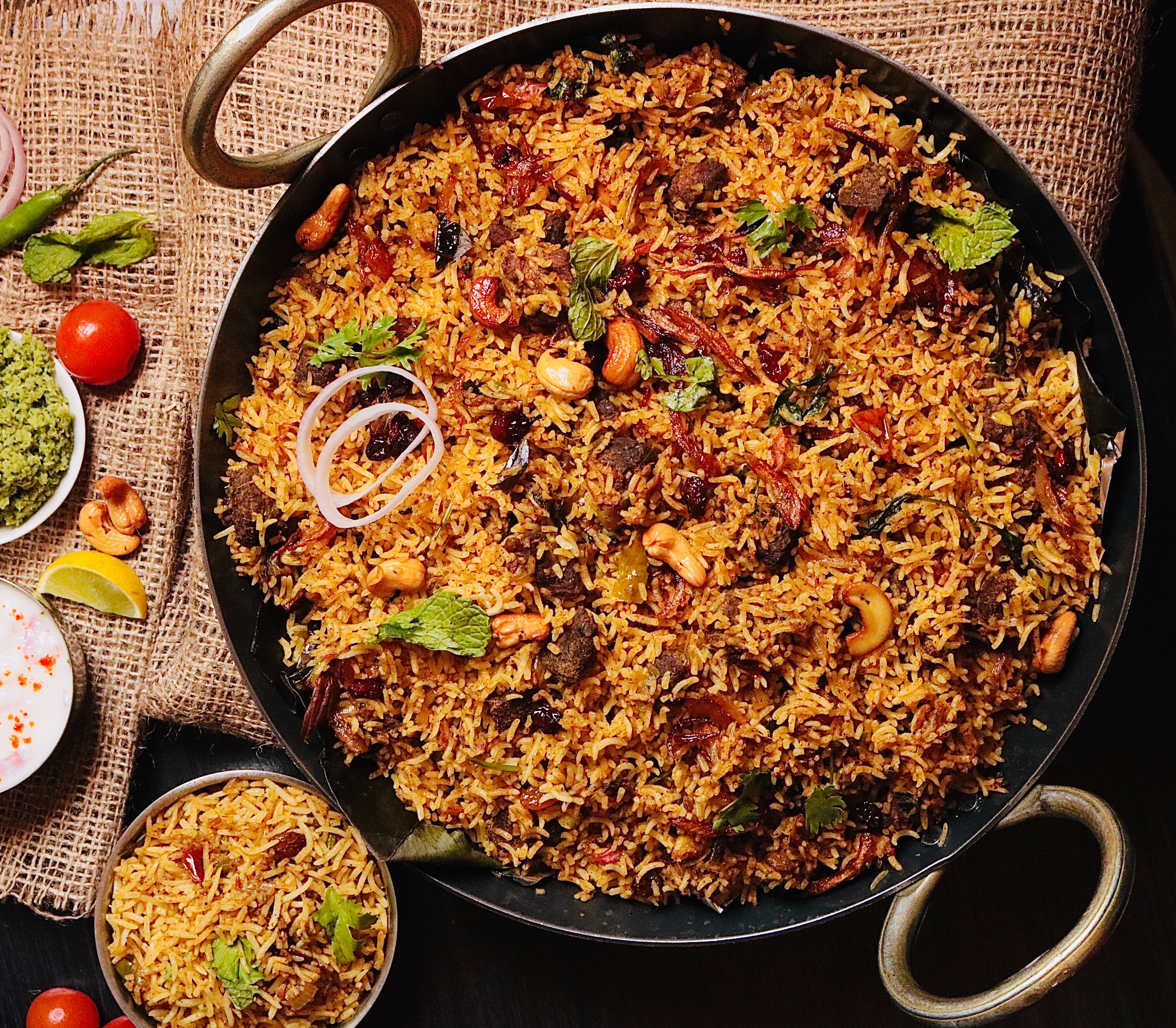In Brazil, feijoada is a traditional meal for lunch that can be found throughout the entirety of the country. Virtually any Brazilian holiday that includes having a meal can be found serving feijoada. This dish has rich history as it holds origins from a time where slavery was legal in Brazil. According to the Smithsonian Magazine, “[feijoada] was created by slaves on sugar cane plantations who took the scraps of meat not eaten by their masters (pigs’ ears, feet, and tails) and cooked them with black beans, which were native to Brazil and the foundation of the slaves’ diets.” Thus, feijoada became an essential to Brazilian culture as it is nationally-adored by many.
Traditional Brazilian Cuisines with Culturally Rich Origins
Carolina Araujo | July 20, 2022
.png)
Feijoada is a lengthy dish to prepare and cook, so it is safe to assume it will be made with tender loving care. While eating feijoada, it is almost as if you can taste the hard work put into its making. However, this stew is very heavy as it is filled with proteins from the meat and beans. Therefore it is also safe to assume when this is being served, it will be the main dish. Some desserts may also be served, like mousse de maracujá. Mousse de maracujá is one of my favorite desserts throughout the entire globe. The consistency makes it easy to consume several servings, as the tangy kick will leave your mouth watering for more! This mousse can be found in Christmas meals, but also sold alone throughout the country. Many padarias, or bakeries, carry this dessert as it is a national favorite. I could have it homemade for me or pick it up at a delicious bakery in the mall. It is extremely versatile, such as the feijoada. Finally, Brazilian pudim is similar to many flans served throughout Latin America. In my Brazilian household, everyone knows this is my all-time favorite, so it is always made for me once I arrive.
Food is an essential part of Brazilian culture. Since Brazil has strong roots in the Atlantic slave trade, many cultural elements (more than just food) derived from enslaved people. Food is seen as the way to someone's heart, thus, people enjoy cooking for others. Meals are a formative part of families and friends as it promotes the Brazilian cultural concept of “minha casa é sua casa” (mi casa es tu casa; my house is your house). When served a meal at someone else’s house, for instance, it is a sign of gratitude and care. Although the culture is somewhat similar in America, I believe the appreciation of food is much stronger in Brazil. Perhaps this is due to the high rates amongst class inequality, as Brazil barely has a middle-class. Resources are more limited to this region of the world, which can definitely be observed in simply visiting.
Overall, Brazilian meals are delicious, and I strongly recommend trying it at some point in your lives. It may be somewhat difficult to prepare the meatier dishes, as this requires loads of planning and grilling, however, Brazilian desserts are a bit easier to make.





